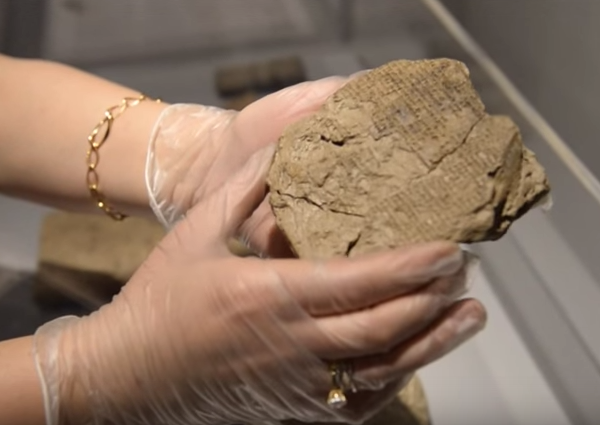Tuesday, October 27, 2015
Monday, October 19, 2015
Tuesday, October 13, 2015
Possessives Song - NOT TO BE MISSED!
Watch this awesome video that will help you with your grammar and Word Voyage sentences.
Email me to let me know you watched this, and I will give you bonus points!!

Email me to let me know you watched this, and I will give you bonus points!!
And check out this fun activity!
An apostrophe is like a raised comma. We place it above the line of writing.
The boy's book is on the shelf.

We use an apostrophe
1. to show belonging or possession.
eg. the book belongs to the boy - The boy's book
Activity One:
Fill in the blanks using words with an apostrophe. The example shows you how:
The leaves belong to the tree. The tree's leaves were falling off.
1. The ball belonged to the children. The ball was lost in the garden.
2. The pen belongs to the teacher. The pen is lying on the floor.
3. The flower belonged to Emily. flower was beautiful.
4. Tim had a house. house was spacious.
5. Father had a hobby. hobby was painting.
Thursday, October 8, 2015
20 New Lines from the Epic of Gilgamesh Discovered in Iraq
From Open Culture
20 New Lines from The Epic of GilgameshDiscovered in Iraq, Adding New Details to the Story
The Epic of Gilgamesh, one of the oldest narratives in the world, got a surprise update last month when the Sulaymaniyah Museum in the Kurdistan region of Iraq announced that it had discovered 20 new lines of the Babylonian-Era poem of gods, mortals, and monsters. Since the poem has existed in fragments since the 18th century BC, there has always been the possibility that more would turn up. And yet the version we’re familiar with — the one discovered in 1853 in Nineveh — hasn’t changed very much over recent decades. The text remained fairly fixed — that is, until the fall of Baghdad in 2003 and the intense looting that followed yielded something new.
Since that time, the History Blog notes:
the [Sulaymaniyah] museum has a matter of policy paid smugglers to keep artifacts from leaving the country, no questions asked. The tablet was acquired by the museum in late 2011 as part of a collection of 80-90 tablets sold by an unnamed shady character. Professor Farouk Al-Rawi examined the collection while the seller haggled with museum official Abdullah Hashim. When Al-Rawi saw this tablet, he told Hashim to pay whatever the seller wanted: $800.
That’s a pretty good deal for these extra lines that not only add to the poem’s length, but have now cleared up some of the mysteries in the other chapters. These lines come from Chapter Five of the epic and cast the main characters in a new light. Gilgamesh and his companion Enkidu are shown to feel guilt over killing Humbaba, the guardian of the cedar forest, who is now seen as less a monster and more a king. Just like a good director’s cut, these extra scenes clear up some muddy character motivation, and add an environmental moral to the tale.
The History Blog article has an in depth description of the translation, with links to a scholarly paper on this very important find, and prompts the question, how much more is there to be discovered?
In the video above, Hazha Jalal, manager of the tablet’s section of the Sulaymaniyah Museum talks (in Kurdish) about the new discovery, saying (in translation): “The tablet dates back to the Neo-Bablyonian period, 2000-1500 BCE. It is a part of tablet V of the epic. It was acquired by the Museum in the year 2011 and [then] Dr. Farouk Al-Raw transliterated it. It was written as a poem and many new things this version has added, for example Gilgamesh and his friend met a monkey. We are honored to house this tablet and anyone can visit the Museum during its opening hours from 8:30 morning to noon. The entry is free for you and your guests. Thank you.”
Subscribe to:
Posts (Atom)





